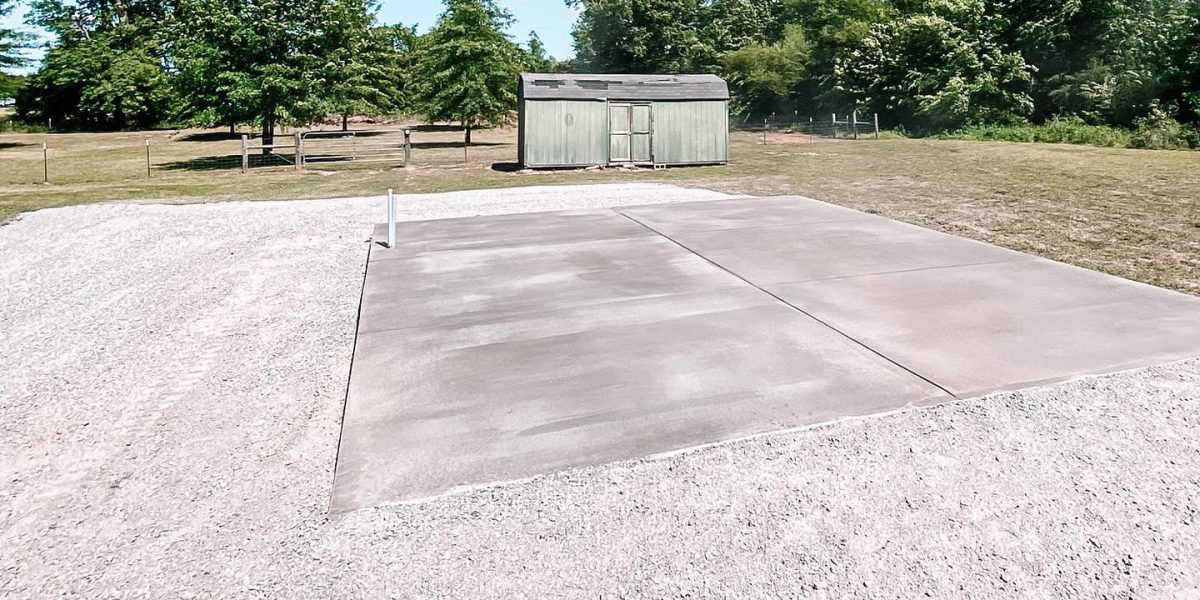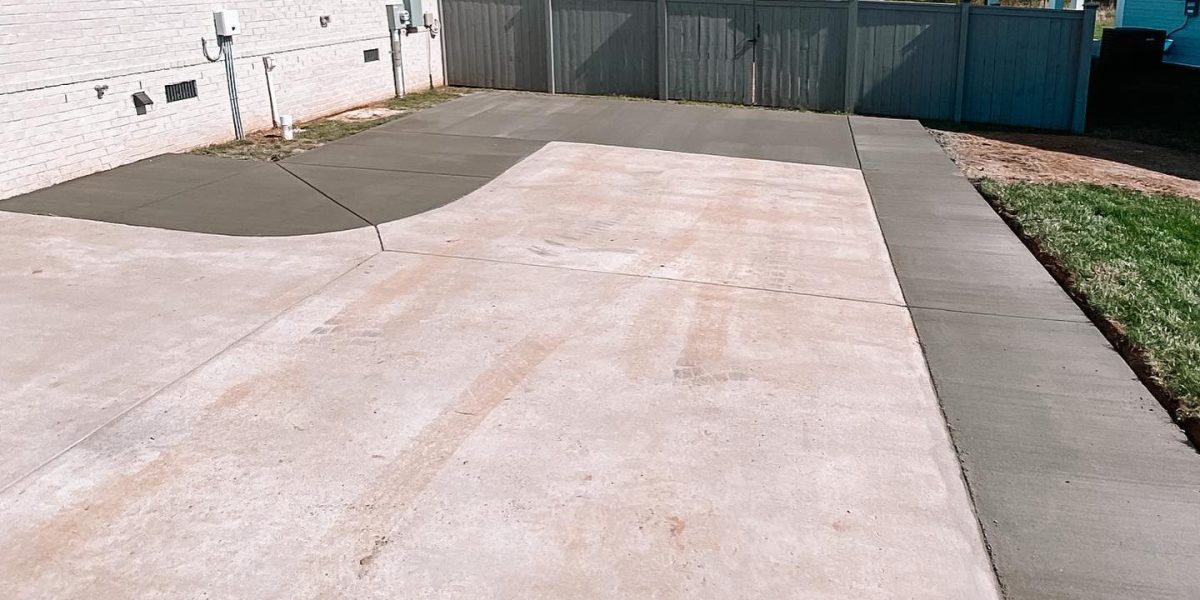Concrete Driveway Repair: 7 Steps to a Smooth Surface
Ever wondered how to achieve a flawless surface on your concrete driveway? The key lies in following seven essential steps meticulously, ensuring a smooth repair process from start to finish. Each step plays a vital role in transforming your driveway into a polished, durable surface that can withstand the test of time. With proper execution and attention to detail, you can restore your driveway to its former beauty and enhance the overall curb appeal of your property.

Key Takeaways
- Assess the driveway for cracks and spalling.
- Clean the surface thoroughly before repairs.
- Fill cracks with a suitable patching compound.
- Apply bonding agent for strong adhesion.
- Mix and apply concrete patch following instructions.
Assess the Driveway Surface
How can you accurately assess the condition of your concrete driveway surface for repair needs?
To start, conduct a comprehensive surface analysis to identify any existing issues. Begin by examining the concrete for cracks, spalling, or areas of deterioration. Search for signs of wear and tear, such as uneven surfaces or discoloration. These observations will aid in determining the extent of the damage and deciding on the necessary repair options.
Once you have evaluated the driveway surface, it’s essential to contemplate the repair options available.
Depending on the severity of the damage, you may need to address minor issues like cracks or minor spalling or opt for more extensive repairs for larger areas of deterioration. Common repair choices include filling cracks with concrete crack filler, resurfacing the driveway to conceal minor imperfections, or replacing sections of the concrete that are beyond repair.
Clean and Prepare the Area
To start the concrete driveway repair process, thoroughly clean and prepare the affected area to maximize adhesion for the repair materials. Begin by using a pressure washer to remove any dirt, debris, or loose particles from the surface. A pressure washer delivers a strong stream of water that can effectively clean the concrete, guaranteeing a clean and smooth surface for the repair materials to stick to.
Before using the pressure washer, make sure to wear appropriate protective gear such as goggles, gloves, and boots to protect yourself from any debris that may be dislodged during the cleaning process. Additionally, wearing protective gear will prevent any potential injuries from the high-pressure water stream.
Once the surface is thoroughly cleaned, allow it to dry completely before proceeding with the repair. This drying period is essential as it ensures that the repair materials bond effectively with the concrete surface. Depending on the weather conditions, drying times may vary, so it’s important to factor in sufficient time for the surface to dry completely.
Fill in Cracks and Holes
After thoroughly cleaning and preparing the area, the next step in the concrete driveway repair process is to address any cracks and holes present in the surface. Repair techniques for filling in cracks and holes depend on their size and depth.
For small cracks, use a concrete patching compound. Clean the crack using a wire brush, then apply the compound following the manufacturer’s instructions. Smooth the surface with a trowel and allow it to dry completely before driving over it.
A concrete mix might be required for larger cracks or holes. Prepare the mix according to the instructions, then fill the crack or hole. Use a trowel to level the surface, making sure it’s flush with the surrounding driveway. Allow the mix to cure properly before using the driveway.
Preventive maintenance is essential to avoid future cracks and holes. Seal the driveway regularly to protect it from water damage and freeze-thaw cycles. Additionally, avoid using de-icing chemicals as they can weaken the concrete over time.
Apply Bonding Agent
Applying a bonding substance is a vital step in guaranteeing proper adhesion between the existing concrete surface and the new repair material. Bonding substance application is pivotal for creating a strong connection that will prevent the repaired area from cracking or separating over time. To achieve the best results, follow these surface adhesion techniques.
First, prepare the surface by cleaning it thoroughly. Remove any debris, dust, or loose particles using a wire brush and a vacuum.
Next, dampen the area with water to saturate the concrete without leaving standing water.
Before applying the bonding substance, carefully read the manufacturer’s instructions to ensure correct application. Use a brush to evenly coat the surface with the bonding substance, ensuring complete coverage. Allow the bonding substance to dry according to the specified time frame before proceeding with the concrete patching.
Make sure that the bonding substance is tacky to the touch but doesn’t transfer onto your fingers when touched. This stickiness indicates that the surface is ready for the concrete patch application.
A properly applied bonding substance will enhance the adhesion of the new concrete material, resulting in a durable and long-lasting repair.
Mix and Apply the Concrete Patch
Prepare the concrete patch mixture according to the manufacturer’s guidance, following precise measurements for optimal outcomes. Start by mixing the patching compound with water in a clean bucket using a margin trowel. Follow the manufacturer’s instructions on the correct water-to-patch ratio to achieve the desired consistency. Thoroughly blend the components until you have a smooth, lump-free mixture.
Once the concrete patch is properly mixed, apply it to the damaged areas on your driveway using a trowel. Make sure to fill the cracks or holes, slightly overfilling them to account for any settling that may occur during the curing process. Smooth the surface of the patch with a trowel or float, ensuring it’s level with the surrounding concrete.
When selecting a color for your concrete patch, consider the available options provided by the manufacturer. Some products offer a variety of color choices to help you match the patch with your existing driveway. Choose a color that blends harmoniously with the surrounding concrete for a professional finish.
After applying the patch, allow it to cure according to the manufacturer’s instructions. Proper curing is vital for the patch to achieve maximum strength and durability. Keep the patched area moist during the curing process to prevent cracking and maintain a smooth, long-lasting surface.
Smooth and Level the Surface
To achieve a polished finish, carefully smooth and level the surface of the freshly applied concrete patch using a trowel or float. Surface leveling techniques are vital in ensuring a flawless repair.
Begin by pressing the trowel or float firmly against the concrete, moving it back and forth in broad arcs. This motion helps to level the surface and remove any excess material. Pay close attention to confirm the patch is flush with the surrounding driveway, blending it seamlessly for a professional look.
As you work, focus on the finishing touches. Use the trowel or float to create a gentle incline away from your home. This incline aids in water drainage, preventing pooling and potential damage. Take your time in this step, as a well-leveled surface not only enhances curb appeal but also leads to long-lasting results.
Continue to smooth and level the surface until it’s even and free of imperfections. Be mindful of any air pockets that may form during the process; these can weaken the patch over time. By diligently refining the surface, you contribute to the overall durability and quality of the repair.

Seal the Driveway for Protection
To properly protect your concrete driveway, sealing is essential as it helps prevent damage from harsh weather conditions, oil spills, and other substances that can penetrate the surface.
Choosing the best sealant products is vital for long-lasting protection and durability. Look for sealants that offer excellent adhesion, and UV resistance, and are specifically formulated for concrete surfaces.
Importance of Sealing
Protecting your concrete driveway is a crucial step in safeguarding its surface from various harmful factors like moisture, chemicals, and weather conditions. By applying a high-quality sealant, you create a barrier that blocks water penetration, reducing the risk of cracks, spalling, and other forms of deterioration.
The advantages of sealing go beyond just appearance; it offers long-lasting protection that can significantly prolong the life of your driveway.
Sealants act as a shield against oil leaks, gasoline spills, and de-icing salts that can corrode the concrete, helping to preserve its structural integrity. Moreover, sealing boosts the driveway’s resistance to UV rays, preventing color fading and surface deterioration over time.
Investing in sealing not only protects your driveway but also enhances the value of your property by maintaining it in excellent condition. For best results, make sure to reseal your driveway as suggested by the product manufacturer to uphold its protective properties.
Best Sealant Products
Enhance the protection of your concrete driveway by selecting the best sealant products available on the market. Choosing the right sealant is essential for maintaining the longevity and appearance of your driveway.
Here are three top sealant products renowned for their quality and durability:
- Acrylic Sealers: Ideal for decorative concrete driveways, acrylic sealers provide a protective layer that enhances the color and texture of the surface. They’re easy to apply and offer good UV resistance, making them a popular choice for both residential and commercial driveways.
- Silane Siloxane Sealers: If you’re looking for long-term durability, silane siloxane sealers are a fantastic option. These penetrating sealers offer excellent water repellency and protect against freeze-thaw cycles, preventing cracks and spalling over time. They’re suitable for all types of concrete driveways.
- Polyurethane Sealers: Known for their high abrasion resistance and chemical resistance, polyurethane sealers are perfect for high-traffic concrete driveways. They provide a glossy finish and offer superior protection against oil stains, making maintenance a breeze. Polyurethane sealers are a top choice for areas where durability is a top priority.
Congratulations on completing the seven steps to repairing your concrete driveway! By following these detailed instructions, you have successfully achieved a smooth, durable, and visually appealing surface. Remember, regular maintenance and sealing are key to prolonging the lifespan of your driveway. Take pride in your hard work and enjoy the results for years.

